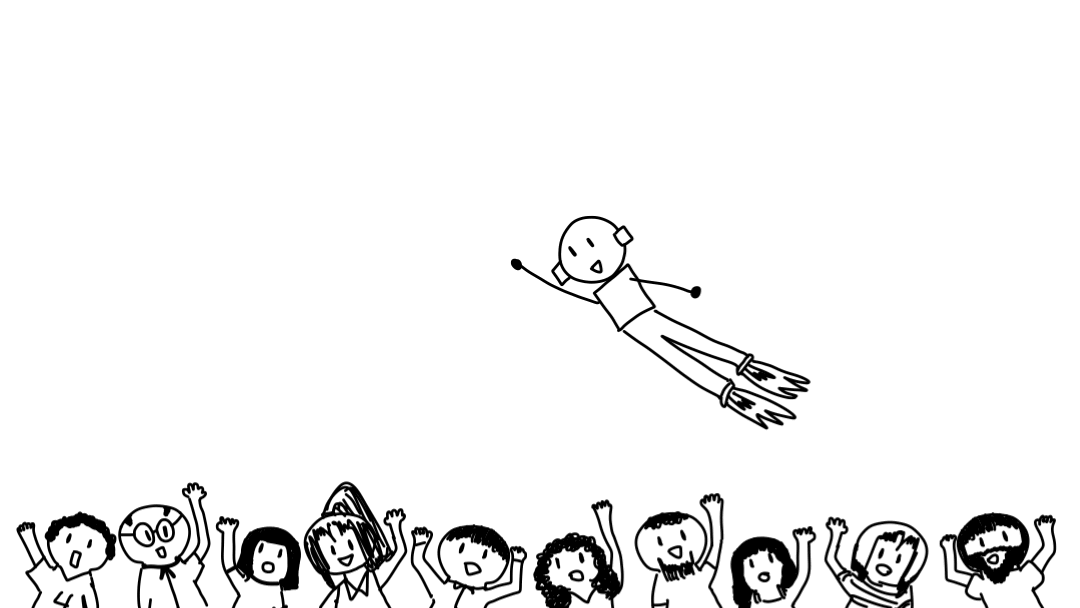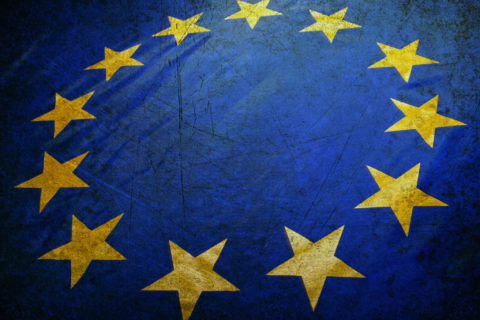Thinking within the box encourages me to be creative.

In market research, storytelling has become imperative. While some reports are sleeker than ever and hardly have any charts so as to focus on the story, there are still those drowning in information. I suppose there is a gradual (and sometimes painful) movement from slides and percentages to a world of storytelling.
That said, storytelling in this industry has the potential to go into greater depth or to fully take off. We are talking to brand managers and marketing teams about how they could tell their brand story better. It is only fitting that we practice what we preach by delivering recommendations in a story that resonates with our audience and also gets them to act.
Regardless of our stance in tech, we need to be better story-tellers. Those who are against AI can fight it by exploiting empathy and creativity, which machines lack. Meanwhile, a friend of AI can leverage what it offers, allowing them to save time and energy on data crunching and to focus on the story instead. Either way, there is no excuse not to strive to tell stories brilliantly.
Once upon a time
A couple of years ago, I entered the Young ESOMAR Society Pitch Competition, where we had to submit visionary ideas for market research in a 60 seconds long video format. My colleague reminded me that ‘the idea does not have to be rocket science as long as the idea is delivered brilliantly’. So I challenged myself on how to communicate my idea on how to use Instant Messenger in research effectively in one minute. I decided to pitch my idea within a box —literally — as I actually put myself inside a box.
The finalists would be given the opportunity to present their idea in a minute on stage. Attendees voted for their favorite and the winner would present it the following day in Pecha Kucha style ie presenting the idea in 20 slides and showing each slide for 20 seconds. It was the ultimate challenge for me. It took a significant amount of preparation to write the story, to fit in the format, and finally, to deliver it on stage. I definitely have borne the fruits of that labour — receiving amazing feedback on both my presentation and my idea.
The Pecha Kucha presentation was so well-received, I’ve delivered it a few more occasions after the conference. The next opportunity to present came in and since some of those in the group would have seen it already, I challenged myself to deliver it differently.
Challenging the ‘story quo’
Around this time, I was starting to dabble with drawings. It was something I used to decorate my bullet journal with. I thought, how I could use my drawings for my presentation and replace the stock images. I took a pile of paper from the printer and started drawing. I’ve tweaked the story a bit to tailor it to the group. It was a success. The head of the team said it was refreshing and wonderful. They even went as far as calling me talented–a word that hadn’t been used to describe me in what feels like forever.
This has become my signature in my recent presentations.
The highlight was when I presented to Kantar’s Leadership team, about 100 people, at the Tate Modern. It felt like I was exhibiting my art. The presentation was well received amongst the C-Suite, which then moved into discussions about turning our ideas into reality.

After a few
more presentations, I’ve decided to invest in an IPad and
Pencil, instead of standing by the printer scanning the drawings. The process accelerated
and I could produce more drawings efficiently. At that point, I’ve decided tech is really a friend to me when writing
stories. I’ve decided to try it out for a
proposal and even turned a collection of drawings into a cartoon. After winning
the project, a client got back to me saying that the doodles worked well, “much more engaging and entertaining!”.
Form and content
We have put forward a challenge on elevating storytelling among select young researchers in Kantar, as part of the Goldstar Achiever Scheme (an initiative to promote development of talent within the company). Amidst submissions of podcasts and cartoon, it was the infographic that won. While the infographic was not the most disruptive, it was the most effective in delivering the insights.
New and different media can only get us so far. We need to ensure that these media are not being used just for the sake of looking ‘cool’, especially since the novelty of such engagement doesn’t last long.
As we disrupt storytelling, we must remember that content is as important, arguably even more, as how the story is arranged and presented.
Find your medium
Doodling is also not for everyone and definitely not for everything. It depends on the audience, the content, and most of all, the storywriter. Just as one should not force an artist to sculpt instead of paint, we should not insist on people using the same medium.
This experience has taught me that things I am passionate about outside work can also have a role in my job. It encouraged me to explore my passion points, as whatever you learn can be useful to you in ways you’ll be surprised about.
Hmm, now what to try out next…
You can see more of Stephanie’s doodles in her Instagram page: @storiesbydoodles.


